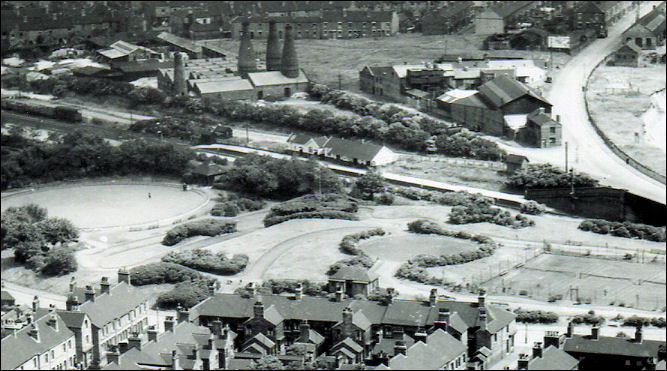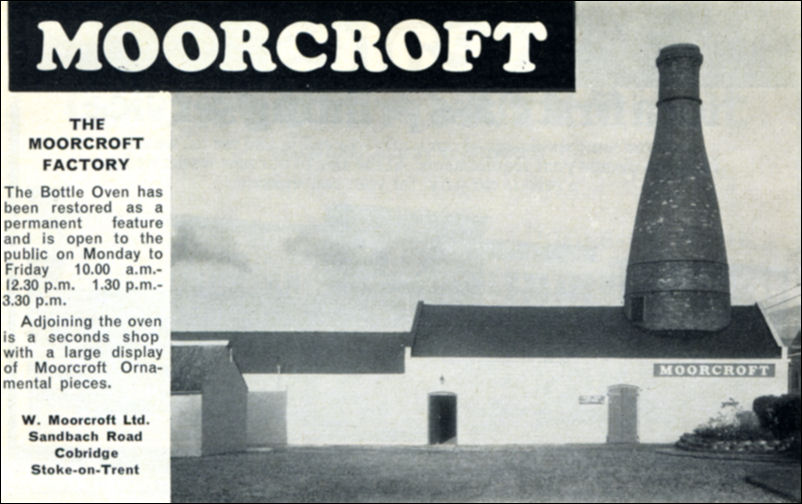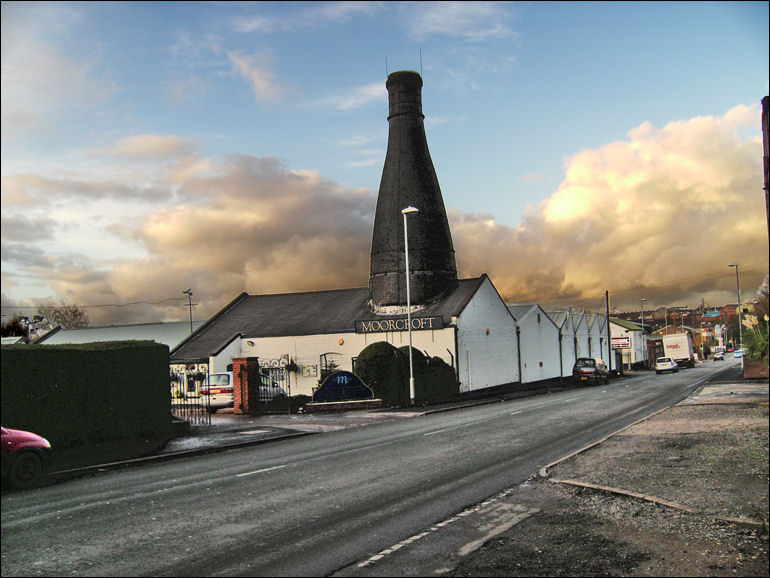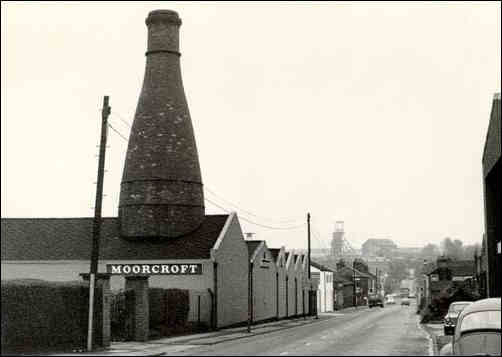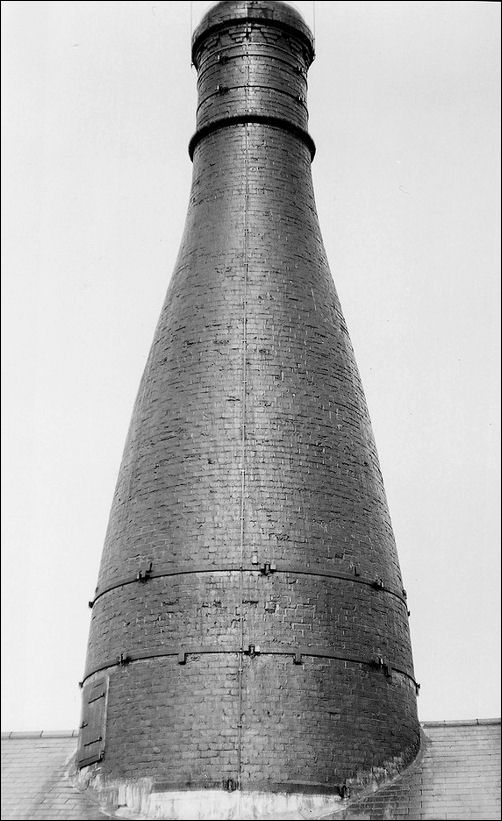|
There are a few modern
potteries the products of which, despite the fact that they have
been industrialised, are so distinctive in style and technique that
they seem almost to demand description as individual potters. Such
potteries, it will even be found, have throughout their existence
been dominated by one powerful personality which has set its seal
upon all its wares.
The productions
of W. Moorcroft, Ltd., are a remarkable instance of such
distinctiveness and the dominating influence has been that of its
founder, William Moorcroft, born. in Burslem in 1872.
His
flair for the potters' craft was inherited from his father, Thomas
Moorcroft who, like his son and grandson after him, was not only a
potter but an artist of fine sensibility. William Moorcroft,
therefore, was reared in an atmosphere congenial to his inherited
artistic talents and calculated to develop a feeling for beauty of
form and a fine sense of colours. In due course he applied these
gifts to the creation of pottery.
Receiving his early
art training at the Wedgwood Institute he later passed to the
National Art Training School (now the Royal College of Art) and
still later studied in Paris. He returned to Burslem at the age of
26 and commenced his career as a potter with James MacIntyre and
Co., where, as designer of electrical porcelain and other pottery,
he developed his talent, earning the Gold Medal at the St. Louis
Exhibition, 1904.
Some
years later, in 1913, he set up his own
small factory in a suburb of Burslem, which, like the pottery
produced there, was unique in its way, especially in the slender
form of its five bottle-type ovens. He died in 1945 at the age of
73, having in the relatively short space of forty years created for
himself and his pottery a prominent niche in the temple of ceramic
fame. In that forty years his creations earned him many coveted
awards in international exhibitions and the crowning honour of
appointment, in 1925, as Potter to the late Queen Mary, with the
right to display the Royal Arms.
He was succeeded by
his elder son, Walter Moorcroft, whose artistic ability is
supplemented by an unusual gift for business. Not only does he
supervise the general management, but he controls and inspires the
all-important department of design. He follows worthily in his
father's footsteps in placing technical and artistic quality in
the premier place, rate of production and financial return are
subordinated to the Moorcroft ideal.
Although essentially modern
in form and decoration each piece is individual, nor is there any
eccentricity. The factory has many of the aspects of the 'Studio
Pottery', since there is an intimate cooperation between the thrower
and the decorator. There is no mass-production. All products are
hand produced, everything possible being thrown on the wheel. The
rich and generous decoration is likewise all hand work. To
this is largely due the distinctiveness, the individuality of
Moorcroft Pottery and its appeal to collectors of taste.
This
article which originally appeared in a 1956 book 'British Potters
and Pottery Today'
|
![]()

